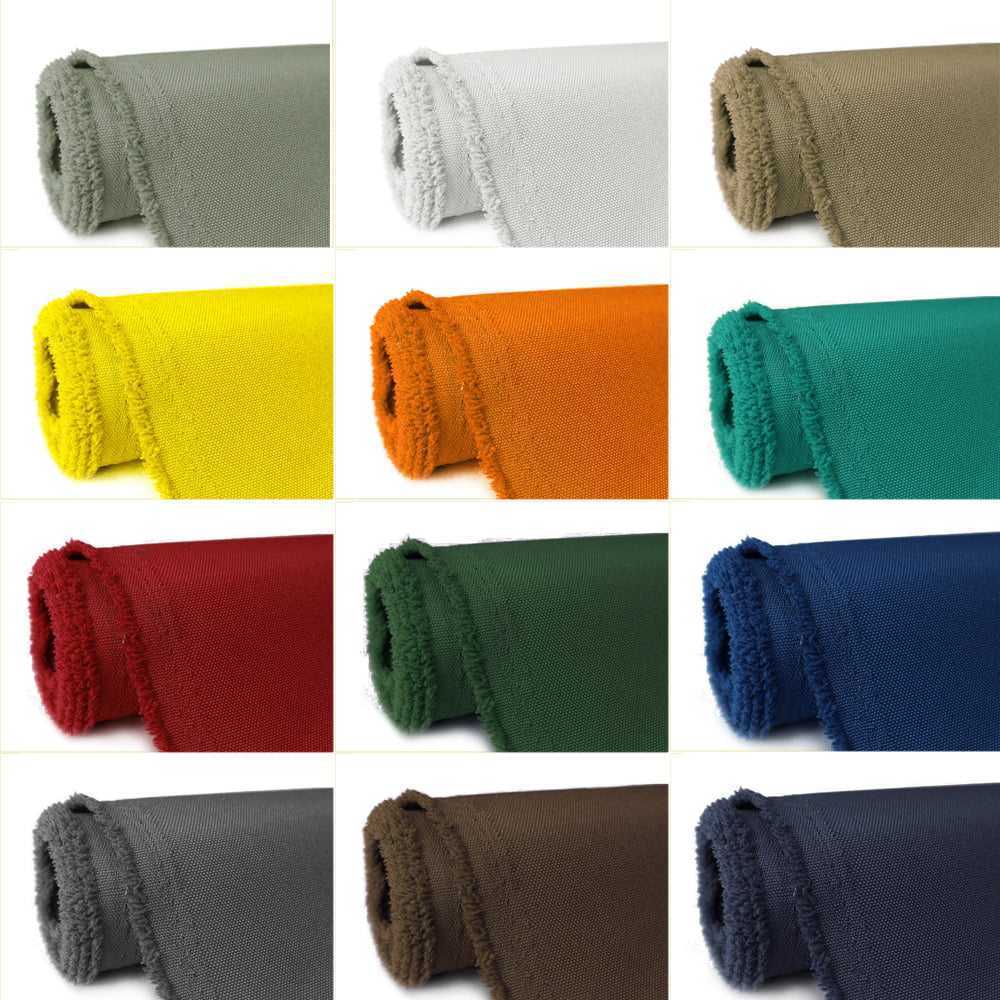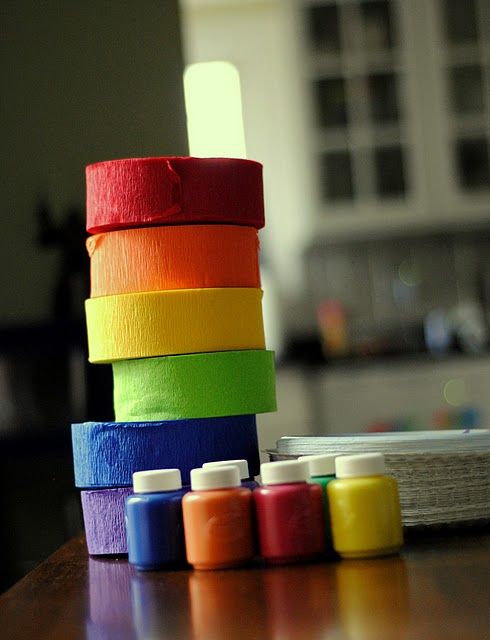
NewsInformation Center
Textile Basics - What are the 4 categories of textiles?
2023/02/23
The content of the series of Textile Basic Knowledge Encyclopedia was previously introduced: the calculation formula of fixed length system and fixed weight system, the conversion formula of textile unit selection, five testing methods of textile raw materials, and six commonly used concepts of textile raw materials. This article introduces the classification methods of textile fabrics: different processing methods, according to the yarn raw materials that make up the fabric, according to whether the fabric raw materials are dyed, and according to novel fabrics.
Classified by different processing methods:
(1) Woven fabric: a fabric formed by interweaving yarns arranged vertically to each other, that is, horizontal and vertical systems, on a loom according to certain rules. There are denim, brocade, bansi, linen and so on.
(2) Knitted fabric: a fabric formed by knitting yarn into loops, divided into weft knitting and warp knitting. a. Weft-knitted fabrics are formed by feeding the weft yarns into the working needles of the knitting machine from the weft direction, so that the yarns are sequentially bent into loops and intertwined with each other. b. Warp knitted fabrics are made by using one or several groups of yarns arranged in parallel to feed into all the working needles of the knitting machine in the warp direction and form loops at the same time.
(3) Non-woven fabric: It is made by bonding or stitching loose fibers. At present, two methods of bonding and piercing are mainly used. Using this processing method can greatly simplify the process, reduce costs, improve labor productivity, and has broad development prospects.

According to the yarn raw materials that make up the fabric:
(1) Pure textile fabrics: the raw materials that make up the fabrics all use the same fiber, such as cotton fabrics, wool fabrics, silk fabrics, polyester fabrics, etc.
(2) Blended fabrics: The raw materials that make up the fabrics are made of two or more different types of fibers that are blended into yarns. There are polyester-viscose, polyester-acrylic, polyester-cotton and other blended fabrics.
(3) Mixed fabric: the raw material of the fabric is made of single yarns of two kinds of fibers, which are made of combined strands. There are low-elastic polyester filaments and medium-length blends, as well as polyester staple fibers and low Elastic polyester filaments are mixed and formed into strands, etc.
(4) Interwoven fabric: The raw materials of the two directional systems of the fabric are made of different fiber yarns, such as antique satin interwoven with silk and rayon, and Nifu spinning interwoven with nylon and rayon.
According to whether the raw materials of the fabric are dyed or not:
(1) White blank fabric: raw material that has not been bleached and dyed is processed into a fabric, also known as raw fabric in silk weaving.
(2) Colored fabrics: Fabrics made from bleached and dyed raw materials or fancy threads. Silk weaves are also called cooked fabrics.

Classified by novelty fabrics:
(1) Adhesive cloth: It is made by bonding two pieces of cloth back to back. Bonded cloth organic fabrics, knitted fabrics, nonwovens, vinyl plastic films, etc., and they can also be combined in different ways.
(2) Flocking processed cloth: the cloth is covered with short and dense fiber fluff, which has a velvet style and can be used as clothing and decorative materials.
(3) Foam laminated fabric: foam is adhered to the woven or knitted fabric as the base cloth, mostly used as cold-proof clothing.
(4) Coated fabric: the base fabric of woven or knitted fabric is coated with polyvinyl chloride (PVC), neoprene, etc., which has excellent waterproof function.
Previous: Do you know the operating procedures of the single-column electronic tensile tes
N e x t : What should be paid attention to when purchasing a moisture meter?



